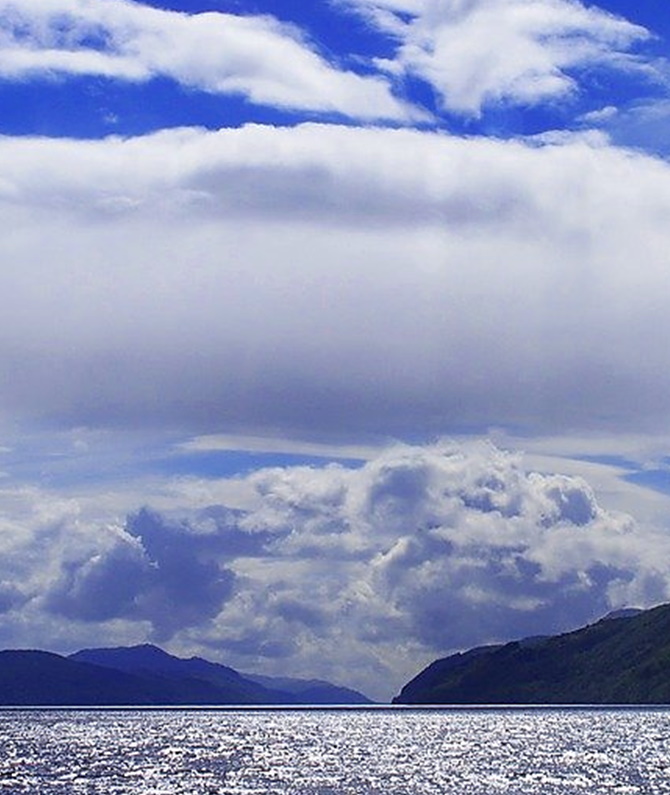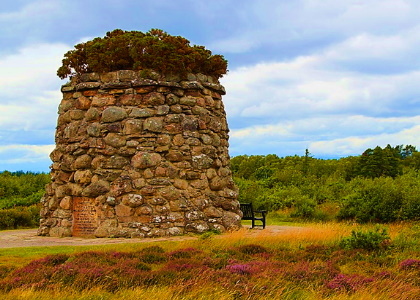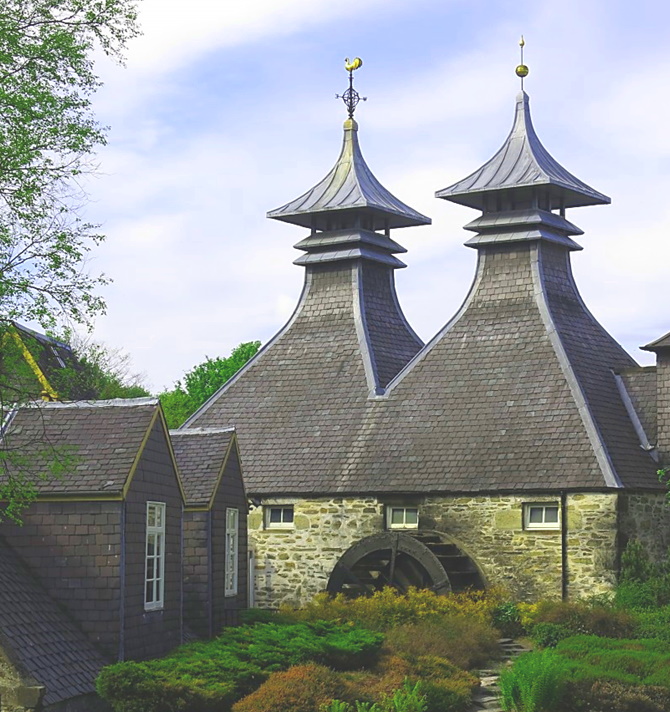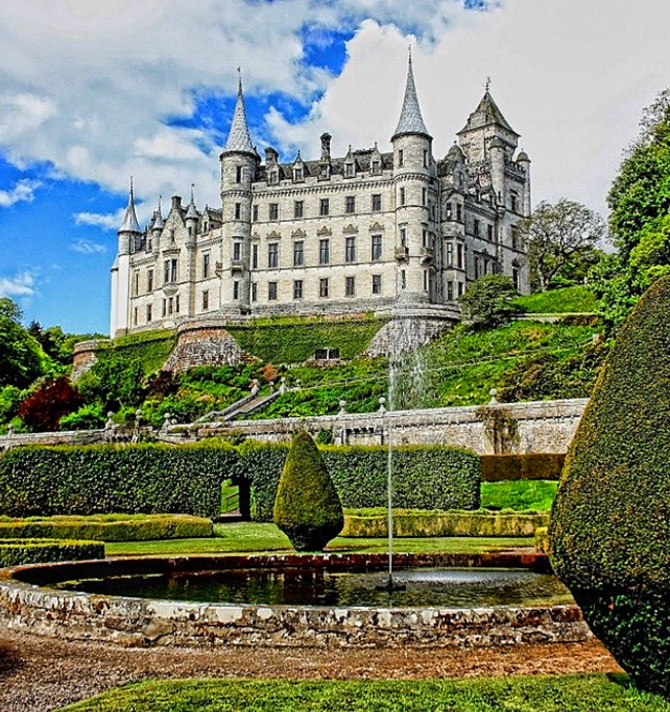
Loch Ness
Sadly the evidence against a Plesiosaur lurking in the depths of Loch Ness is becoming quite compelling, but there is still a mystery as to what it is that is frequently seen in the Loch? For years the strongest evidence rested with the so-called surgeons photograph. This became the iconic face of ‘Nessie’. It was only from beyond the grave however that the hoaxer owned up to his deception. The Loch can still provide the visitor with a good return provided you aren’t seduced into setting siege to it from a lay-by on the A82 with a pair of binoculars, thermos flask, and supply of inadequate sandwiches. The answer is to get out on the water and cruise.
Towards the northern end of the Loch is Urquhart Castle. The present ruins date from the 13th to the 16th centuries, albeit there is evidence of a wooden fort dating to the 6th century. Urquhart played a role in the Wars of Scottish Independence in the 14th century and was subsequently held as a royalist castle. It was raided on several occasions by the MacDonald’s of Ross. The castle was granted to the Clan Grant in 1509. Despite a series of further raids the castle was strengthened, only to be largely abandoned by the middle of the 17th century. Urquhart was partially destroyed in 1692 to prevent its use by Jacobite forces, and subsequently decayed.


Glencoe.
If you ‘get’ Culloden, you’ll go a long way towards ‘getting’ Scotland, for ‘upon this field was Scotland lost’, in 1746 with the final defeat of the Jacobie uprising and the escape into exile of the ‘young pretender’, ‘Bonnie’ Prince Charlie.
The battlefield itself is small and easily walked on a series of trails. The order of battle is well known, well-marked out, and very easy to relate to. You will be able to stand in the same positions that the armies stood in all those centuries ago. You don’t require an enhanced strategic appreciation of military tactics to understand Culloden. In many respects the story around the uprising and what it meant is more compelling than the battle itself. In certain light conditions Culloden is a genuinely spooky and emotive place. The ghosts of history hang heavy on it, and its a firm recommendation
If you’re based in Inverness and have a fondness for whisky then you really ought to set something aside for exploring at least a couple of the ‘famous names’ of Speyside. No where in Scotland has more working distilleries than Speyside and the list is indeed impressive. Speyside is about an hour from Inverness. A standard tour and tasting lasts about 75 minutes.
Here you’ll find the likes of Macallan, Glenlivet, and Glenfiddich. In addition there are other names such as Glenfarcas, Strathisla (Chivas), Glen Grant, Aberlour and Balvenie, as well as a host of smaller perhaps less well known distilleries

Strathisla Distillery

Dunrobin Castle
There is one castle in Scotland that looks completely out of place, and that is Dunrobin. Indeed, were you to present a photograph of Dunrobin to an informed traveller and ask them to nominate where in the world they thought it was, most would be confident in answering “France”. Some might even be so sharp as to hone in on the “Loire Valley”. They’d be wrong. Dunrobin Castle overlooks the Moray Firth, just north of the villages of Golspie and Dornoch and is the most northerly of Scotland’s great houses, the largest in the Northern Highlands with 189 rooms.
Dunrobin hasn’t quite got the bloody history of most Scottish castles, but it isn’t without it’s colour either albeit its tended to be restricted to family feuds and plotting in attempts to take ownership of the estate rather than internecine clan warfare
Combining both Glenfinnan and Glencoe with a round of golf is pushing things a bit, but it is possible.
Glenfinnan sits at the head of Loch Shiel. It was here in 1745 that ‘Bonnie Prince Charlie’ came ashore to begin his campaign to seize the British crown which ended in defeat at Culloden. Today Glenfinnan is probably more famous for the curved railway viaduct that spans the head of the glen and features in the Harry Potter films!
Glencoe is the scene of the infamous massacre of the MacDonald’s in 1692, and one of the most notorious place names in Scottish history. The glen is a steep sided glaciated valley with mountains that tower threateningly above you. Like Culloden, a heavy atmosphere hangs over the ‘glen of weeping’ and the light can play bewitching tricks on your senses. Spooky!